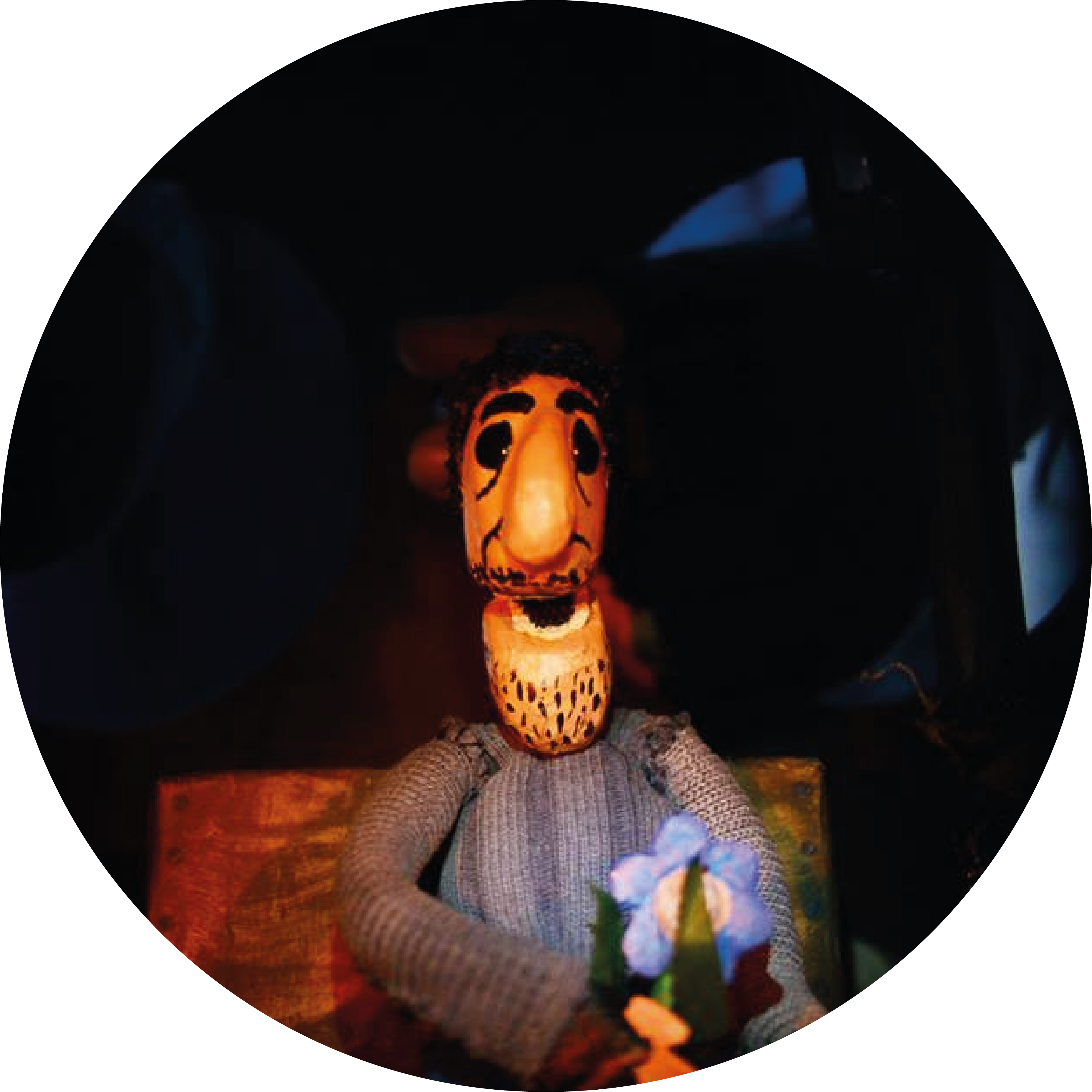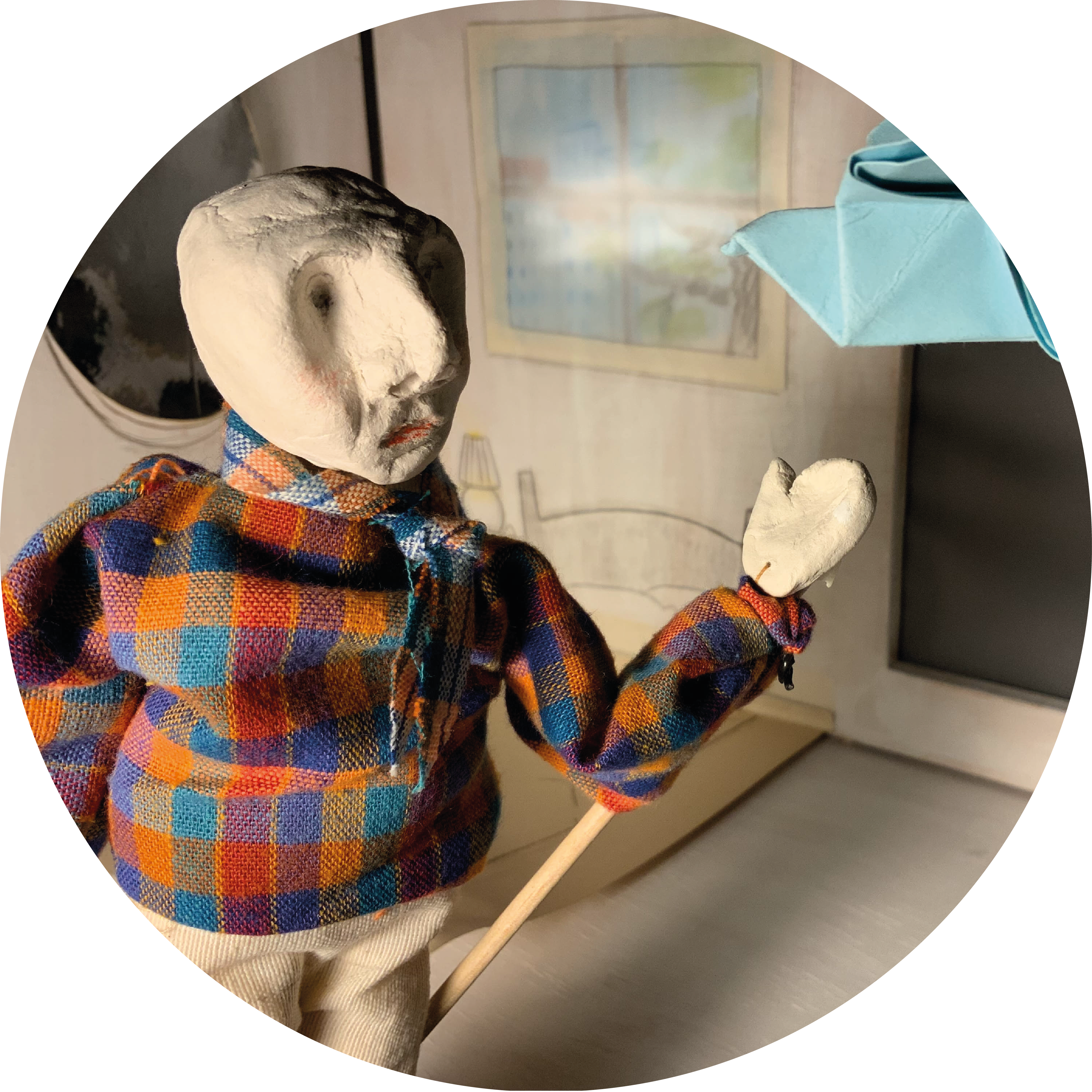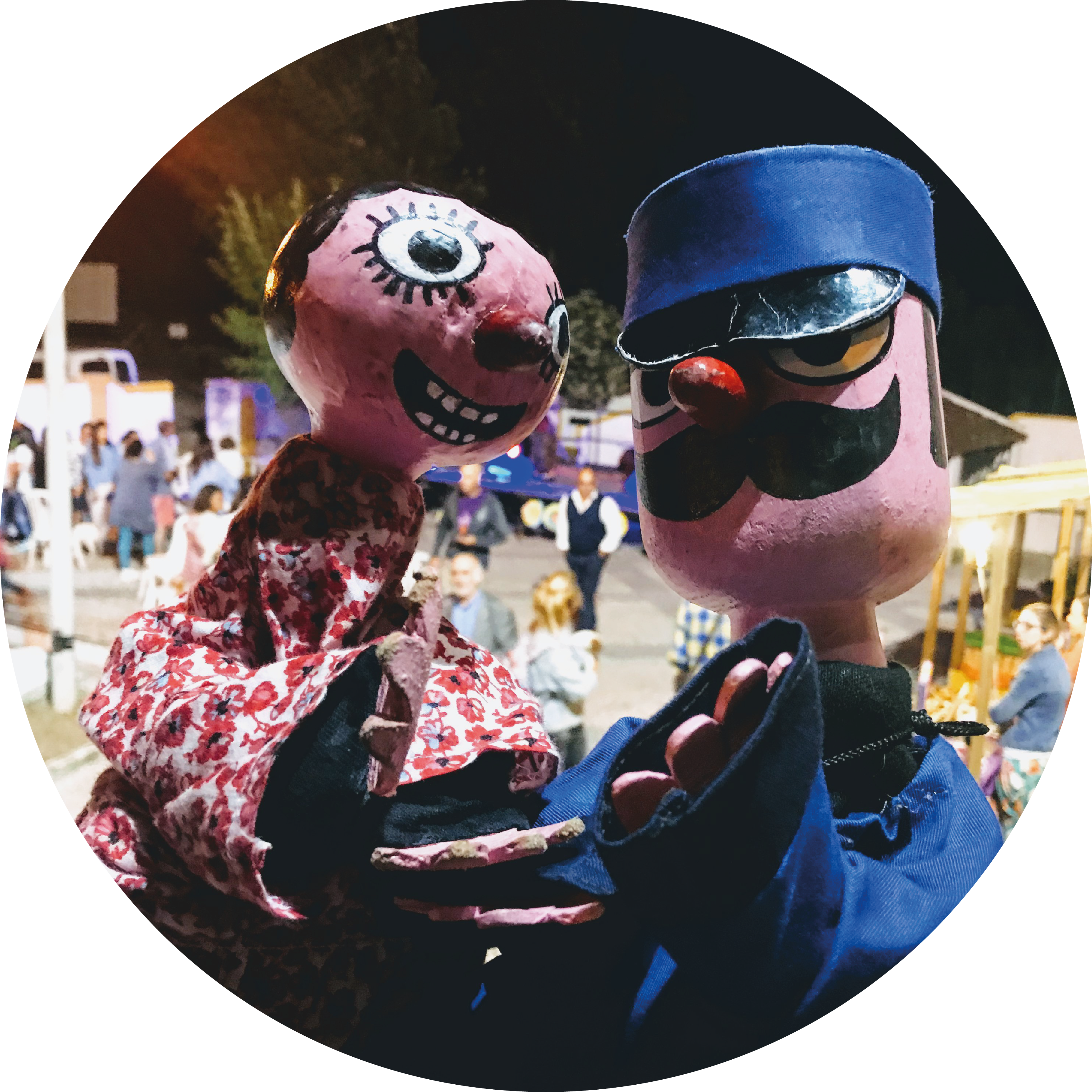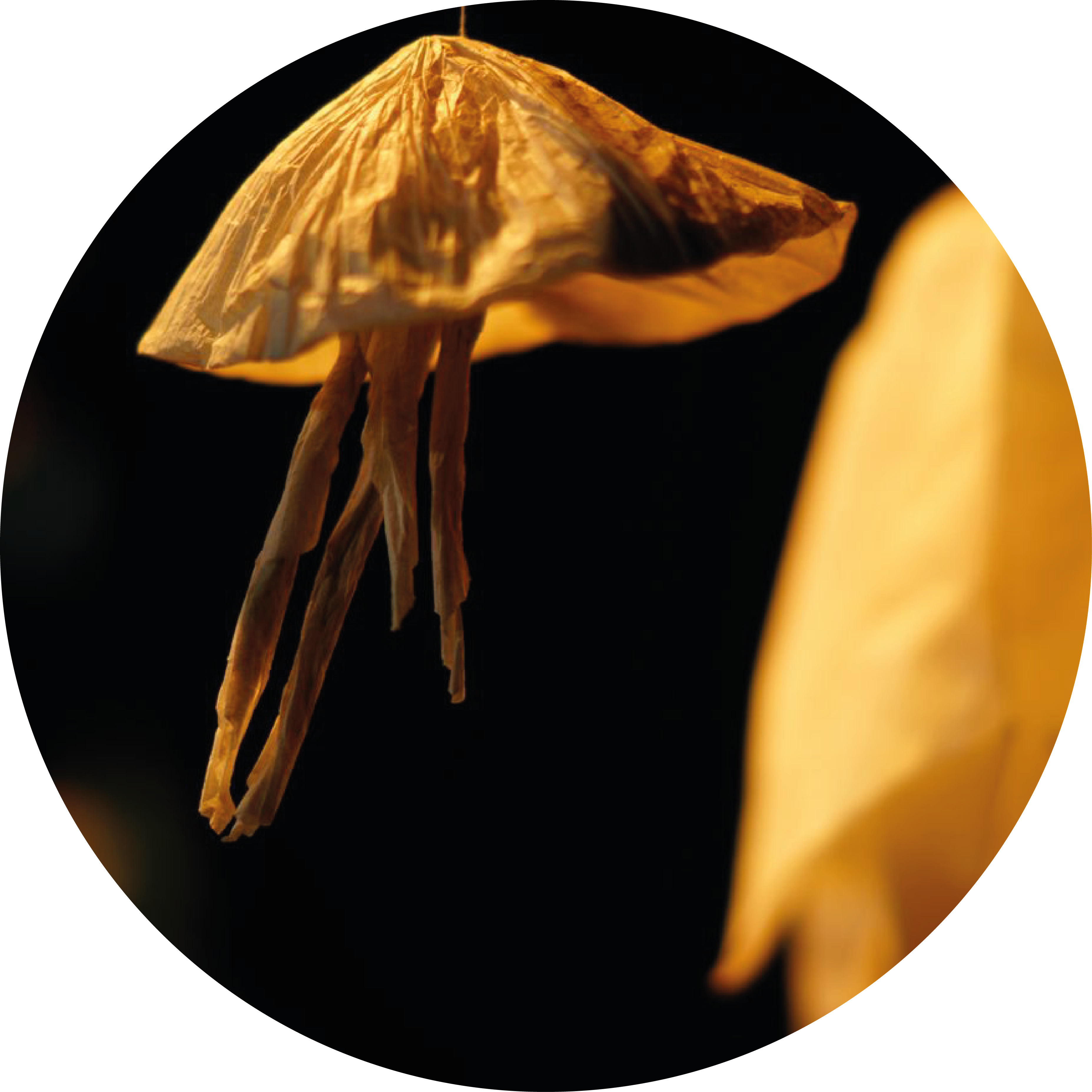|
|
PT Um homem comum, como tantos ou tão poucos, que encontra beleza nas coisas mais simples.
Autoria: José Quevedo [Espetáculo sem recurso a palavra falada.] Fotografia @Emmanuel Gunezler |
EN A common man, like so many or so few, who finds beauty in the simplest of things. Technical Details Author: José Quevedo Duration: 2 minutes and 30 seconds [Show without the use of spoken word.] Photography @Emmanuel Gunezler |
|
|
PT Um homem leva uma vida normal. Até que um dia acorda e não se lembra de quem é, como se chama. Dizem-lhe que perdeu a alma. O que fazer para a reencontrar? Ficha técnica A partir do texto: Alma Perdida, de Olga Tokarczuk [Língua de apresentação: Português] |
EN A man leads a normal life until one day he wakes up and cannot remember who he is or his name. He is told that he has lost his soul. What can he do to find it again? Technical Details Based on the text: "Lost Soul" by Olga Tokarczuk [Language of presentation: Portuguese] |
|
|
PT O Teatro Dom Roberto ou Teatro de Robertos é um repertório tradicional português de teatro de marionetas. A sua origem remonta ao séc. XVII introduzido em Portugal por marionetistas italianos e franceses, influenciados pela Commedia dell’Arte italiana. Adaptou-se à realidade cultural portuguesa seguindo a tradição europeia dos heróis populares com o personagem Dom Roberto que é capaz de vencer a própria morte. Uma característica relevante em todos os personagens é a voz distorcida pela utilização de uma palheta. O repertório chega aos nossos dias pelas mãos de mestres bonecreiros que solitariamente deambularam de lugar em lugar e nos passaram o testemunho desta tradição que procuramos preservar. Ficha técnica Autor: Teatro Popular Português [Língua de apresentação: Português] Fotografia @Norma Carvalho |
EN Dom Roberto Theatre, also known as Robertos' Theatre, is a traditional Portuguese puppet theatre repertoire. Its origins date back to the 17th century when it was introduced in Portugal by Italian and French puppeteers, influenced by the Italian Commedia dell'Arte. It adapted to the Portuguese cultural reality, following the European tradition of popular heroes, with the character Dom Roberto, who is capable of overcoming death itself. A notable feature of all characters is their distorted voice, achieved using a reed. This repertoire has reached our times through the hands of master puppeteers who wandered from place to place alone, passing down the legacy of this tradition that we strive to preserve. Technical Details Author: Portuguese Popular Theatre Duration: 20 minutes [Language of presentation: Portuguese] Photography @Norma Carvalho |
|
|
PT O que é “dar à luz”? Quando pensamos em nascimento, pensamos em milagre, em luz, no ventre feminino em forma de lua à espera de “dar à luz”. Quando Mário e Maria, dois cavalos marinhos, decidiram ter bebés nunca imaginaram que a sua estória iria ser diferente. Entre baleias e golfinhos, tempestades e marés, o pai que se tornou mãe, submerge-nos, até ao aos limites do amor. A fantástica aventura da vida, contada a partir de um nascimento… … e com um final feliz. |
EN What is “giving birth”? When we think of birth, we think of a miracle, of light, of the moon-shaped female womb waiting to “give birth”. When Mário and Maria, two seahorses, decided to have babies they never imagined that their story would be different. Between whales and dolphins, storms and tides, the father who became a mother, submerges us, to the limits of love. The fantastic adventure of life, told from a birth… …and with a happy ending. |





